Every retail business needs to generate sales to thrive. With the help of a well-crafted retail marketing strategy, your retail business can attract prospective customers and keep them coming back for more.
A retail marketing strategy encompasses the comprehensive plan and course of action that your business can use to attract, engage, and retain customers as you achieve your business objectives. It’s designed to boost sales, enhance brand recognition, and create a competitive advantage within your industry.
In this article, you’ll gain valuable insights into the critical components of successful retail marketing strategies. Whether you’re a newbie or a seasoned retailer, reading this will equip you with the knowledge and tools that are necessary ingredients to your marketing strategy.
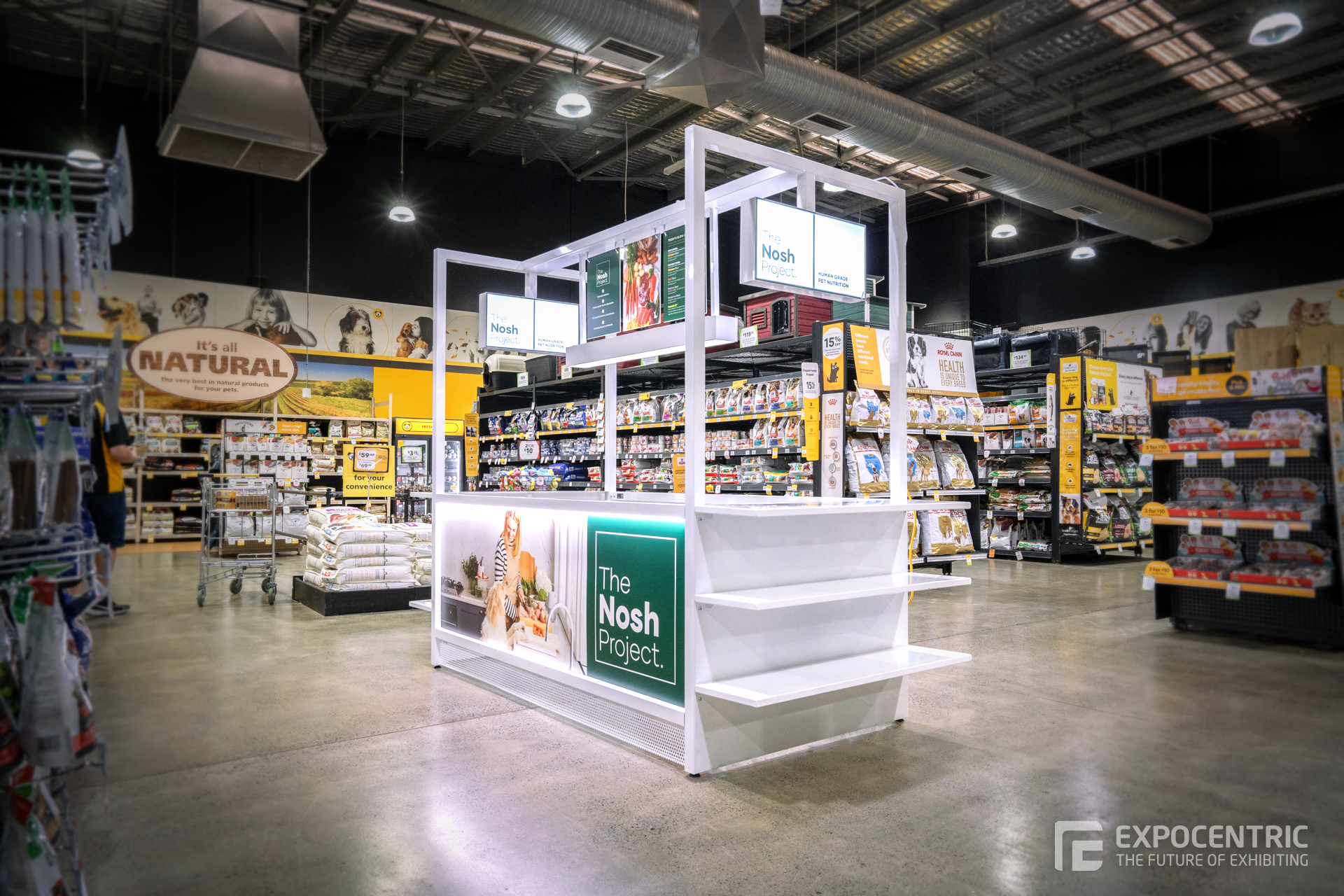
Understanding Your Target Audience
The heart of any retail marketing strategy lies in knowing your audience intimately. Who are your target customers and how does your product provide value to their needs? Here are some crucial details you need to know about your audience so you can tailor-fit the rest of your marketing strategy.
Demographics: Describes basic information like age, gender, location, income level, education, marital status, and occupation. Demographics provide a foundation for understanding the general characteristics of your audience.
Psychographics: Delves into the psychological and lifestyle attributes of your audience. It may include attitudes, behavioural patterns, hobbies, interests, personality traits, and values. Psychographics help you understand what motivates and drives your audience.
Needs and pain points: Identify your audience’s specific needs, challenges, and pain points. What problems are they trying to solve, and what solutions are they seeking? Knowing this helps you tailor your products to meet their demands.
Buying behaviour: Understand how your audience makes purchasing decisions. Are they impulsive shoppers, or do they research before buying? What factors influence their buying choices—is it price, brand loyalty, or product quality?
Online behaviour: In today’s digital age, it’s crucial to understand how your audience behaves online. What websites do they visit, what social media channels do they use, and what online communities or forums do they participate in? You can use this data for your social media marketing.
Analytics for purchasing behaviour: If applicable, analyse your existing customer data to identify trends in past purchases. Looking at this data can help you leverage good-selling products for upselling, pair products for cross-selling, and further personalise your marketing efforts.
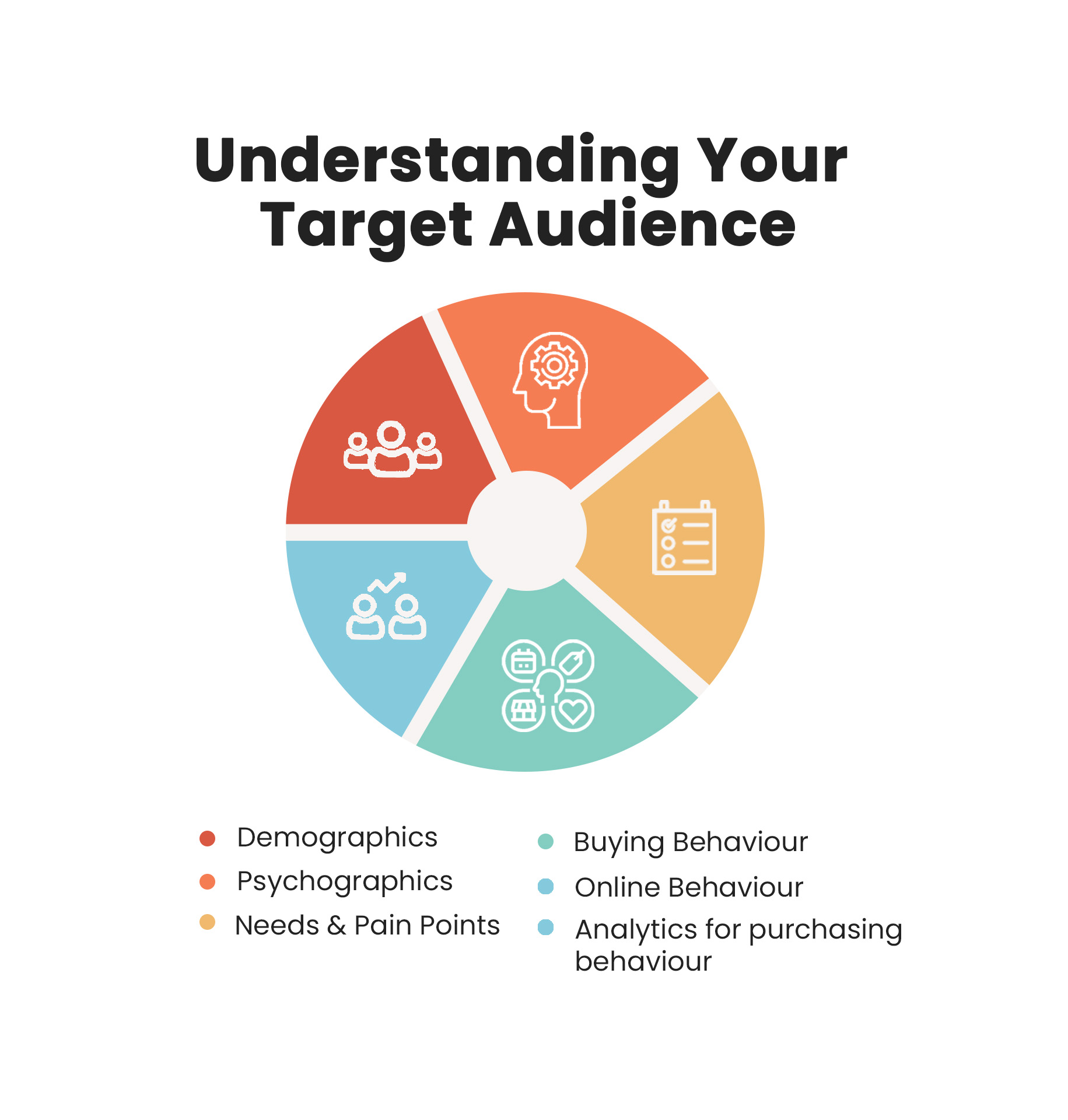
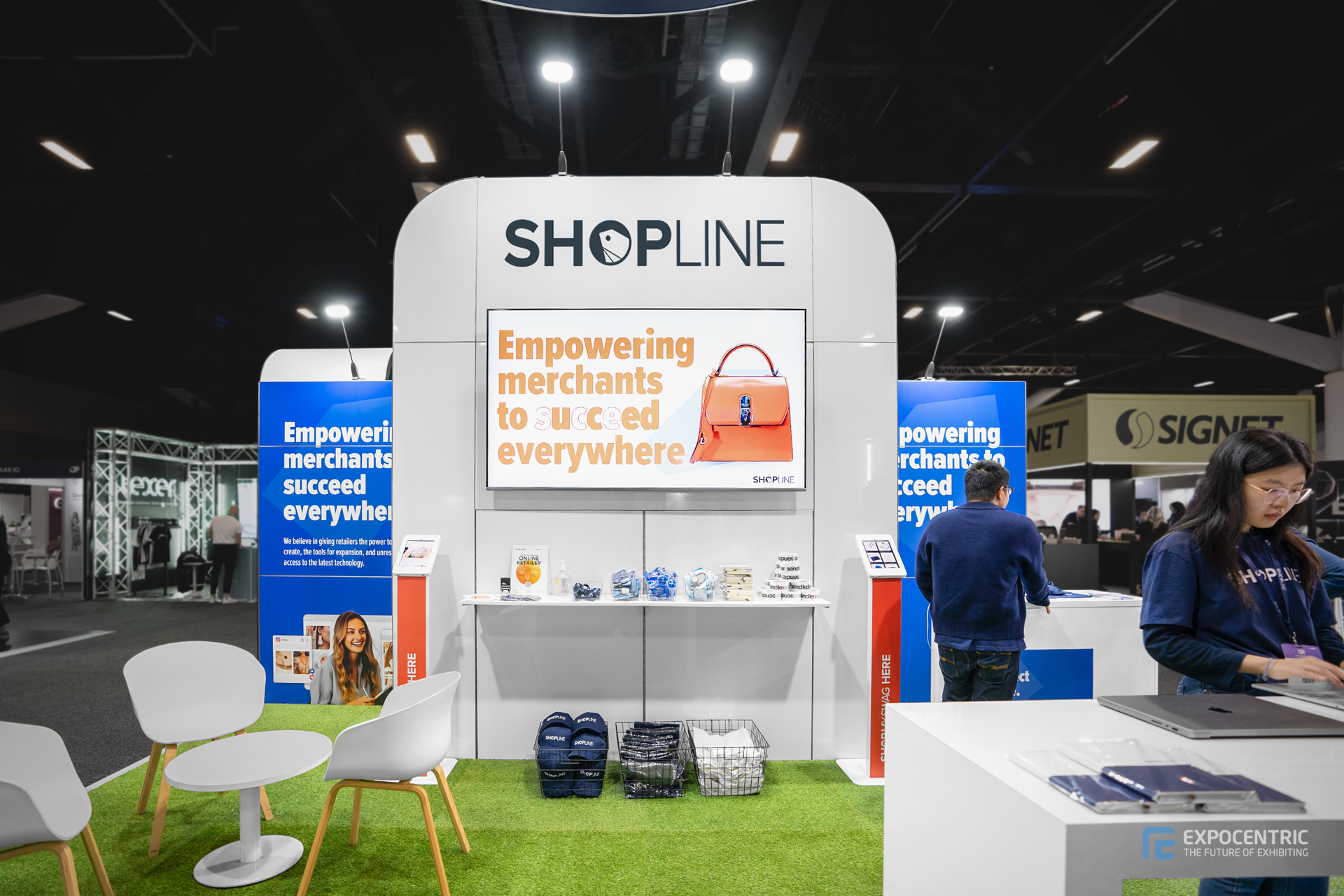
Clear Branding and Positioning
In a highly competitive marketplace, clear branding will make your business stand out. It highlights what makes your brand unique—showcasing the features, values, and qualities that distinguish your products from the competition.
Additionally, when customers can clearly identify your brand and its values, they are more likely to become loyal advocates. Brand loyalty leads to word-of-mouth marketing, which helps reduce customer acquisition costs and increase revenue. Here are some ways you can make your branding and positioning clear and compelling:
Define Your Brand Identity
Start by clearly defining your brand’s mission, values, and personality. What does your brand stand for, and what sets it apart from competitors? Develop a unique selling proposition (USP) that encapsulates what makes your retail business unique.


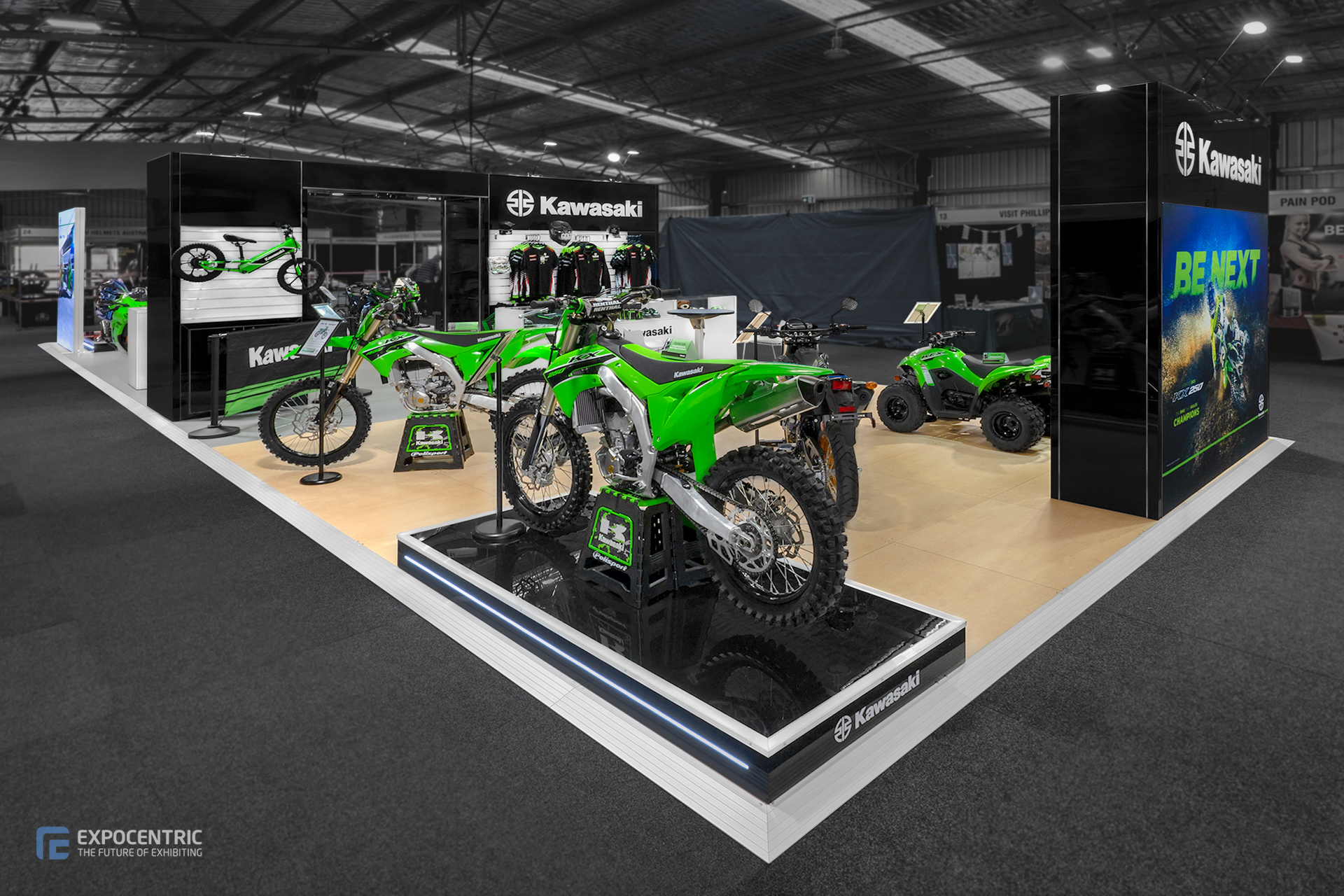
Create a Memorable Logo and Visual Identity
Design a distinctive logo, colour palette, typography, and visual style that reflects your brand’s personality. Consistency in visual elements across all marketing materials and touchpoints enhances recognition and trust in your potential customers.
Craft a Compelling Brand Story
Develop a brand narrative that connects emotionally with your audience. Share the story of how your company came into existence. Educate and train your staff in communicating your values and your commitment to customers. It’ll be helpful to put this brand story on your website, too. Stories help humanise your brand and make it relatable.
Consistent Messaging
Ensure that your messaging, both online and in your physical store, is consistent with your brand identity and values. Your staff should be well-versed in communicating the brand message to customers.
Unique Shopping Experience
Create a unique in-store or online shopping experience that aligns with your brand. It could be through interactive displays, exceptional customer service, awesome store layout, or sleek website design. Make customers feel they’re engaging with something special.
Quality Products and Customer service
Consistently deliver high-quality products that live up to the promises made in your branding. You can achieve customer retention when your customers are satisfied. They can even become loyal advocates when they consistently have positive experiences with your products and customer service.
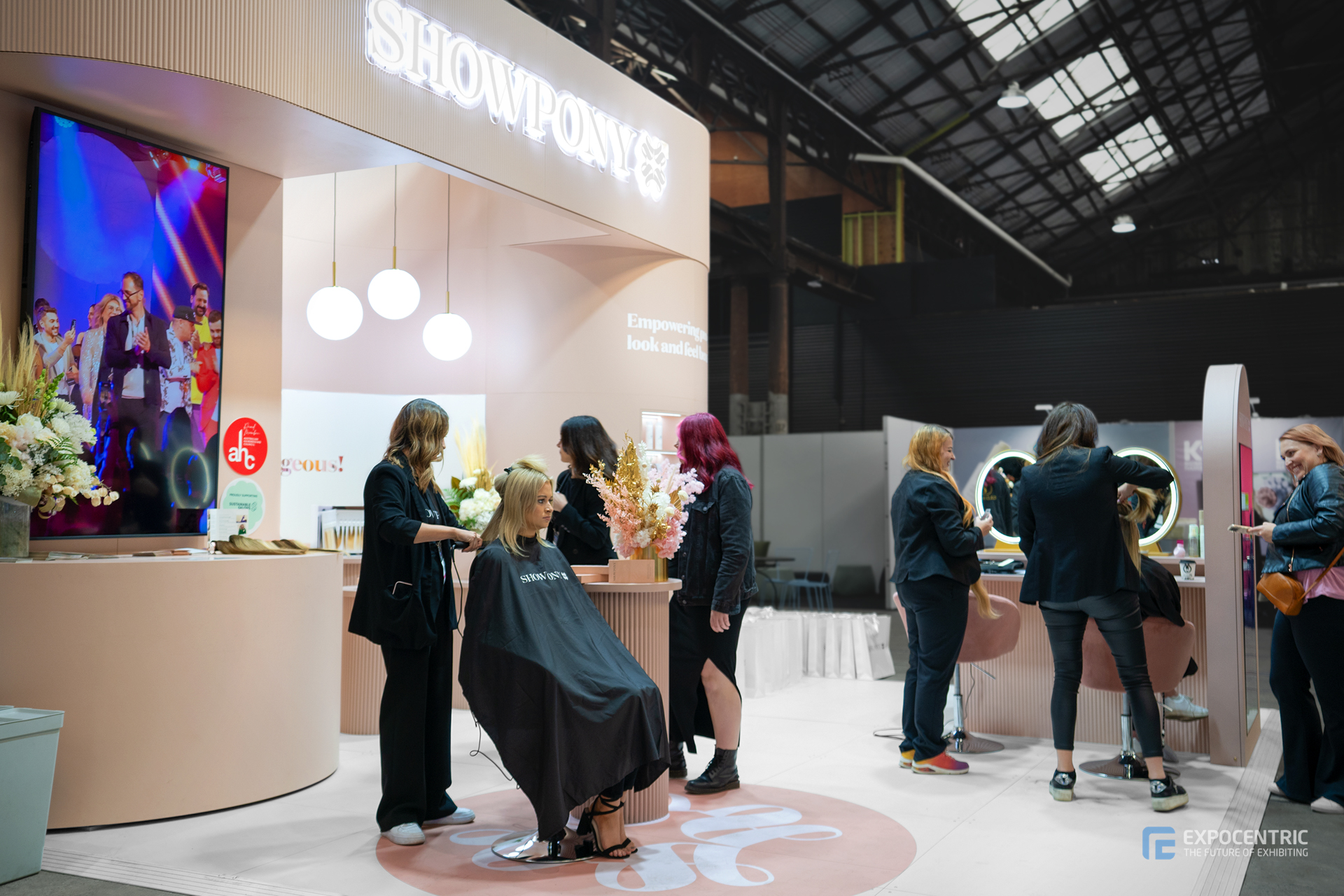

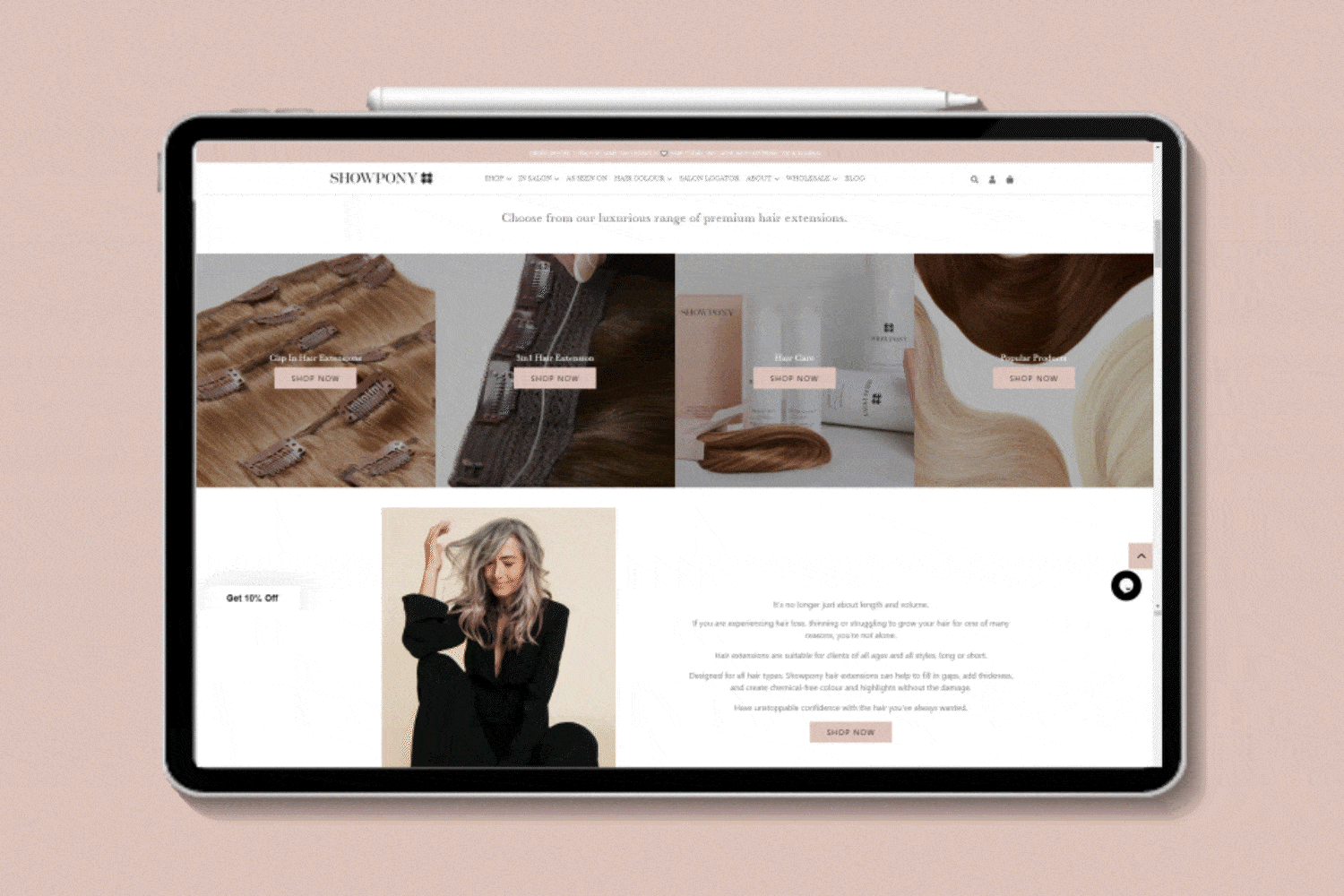
Multi-channel approach
In the digital age, an omni-channel marketing approach is vital. Audiences now have the option to interact with brands across various channels. Creating awesome and smooth brand experiences both in your online storefront and in your brick and mortar store will give a lasting good impression of your retail business.
In your online presence, make sure that your retail website has a great user experience that makes it easy for your customers to buy your products. This includes writing clear product descriptions, showing product details and features, writing clear call-to-actions, and setting up several (and secure!) modes of payment.
You can also boost your online marketing campaigns by utilising email marketing and social media marketing to inform old and new customers about your new products and exciting offers.
And while it’s important to provide a seamless online experience for your customers, it’s also equally crucial to create a good customer experience in your brick and mortar store. Customers still crave physical retail experiences, so increase your experiential appeal by designing your store beautifully and training your staff to address customer concerns adeptly. You can even add a personal touch of interactive experiences within your physical retail store or pop-up shop.
Influencer Marketing
Influencer marketing can be a powerful tool to attract new customers, strengthen your brand image, and ultimately increase sales. Having influencers as part of your plan can enhance your retail marketing strategy in several key ways:
Credibility and Trust
Influencers often have dedicated and engaged followers who trust their recommendations. When an influencer promotes your retail products or services, it can lend credibility and authenticity to your brand. Consumers are more likely to trust a recommendation from someone they follow and admire, leading to increased trust in your retail business.
Reach and Visibility
Influencers have the potential to reach a vast and highly targeted audience. Partnering with them allows you to tap into their existing target market and fan base, and expose your retail brand to a broader and relevant audience. This expanded reach can lead to increased brand awareness, especially among demographics that are challenging to reach through traditional advertising methods.

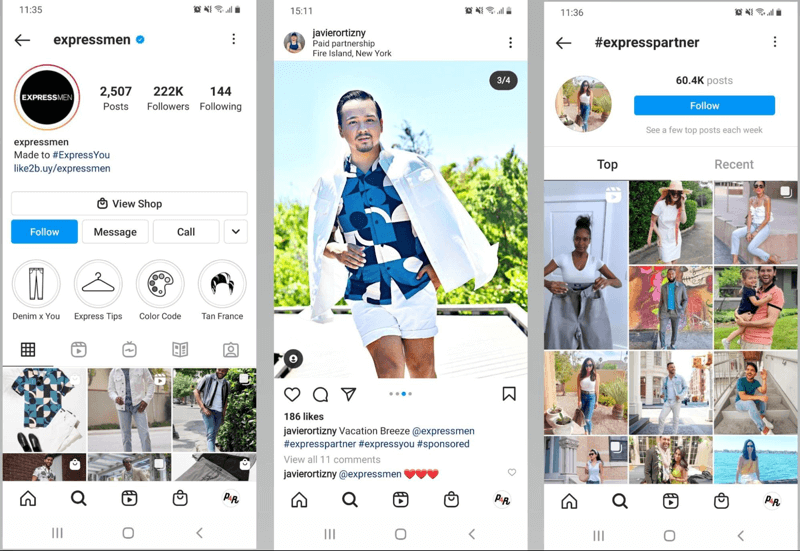
Content Creation
Influencers are skilled content creators who can produce high-quality and engaging content featuring your products. This user-generated content can be repurposed across your marketing channels, including social media, websites, and email campaigns. It provides authentic and relatable visuals that resonate with your audience and showcase your products in real-life scenarios.
Niche Expertise
Influencers often specialise in specific niches or industries. Partnering with influencers within your retail niche allows you to tap into their niche expertise and connect with a highly targeted and interested audience. This precision targeting can lead to higher conversion rates and a more efficient use of your marketing budget.
To leverage influencer marketing effectively in your retail strategy, it’s crucial to identify influencers whose values align with your brand. Set clear objectives and expectations for the collaboration, and measure the impact of influencer campaigns through key performance indicators (KPIs) like engagement rates, website traffic, and sales. Additionally, compliance with advertising guidelines and transparent partnerships with influencers is essential to maintain credibility and transparency in your influencer marketing efforts.
Loyalty Programs
Loyalty programs incentivise customers to keep coming back, as they offer rewards, discounts, or exclusive perks for repeat purchases. This consistent engagement strengthens the bond between the customer and the brand, reducing churn and increasing customer lifetime value. Retaining existing customers is often more cost-effective than acquiring new ones, making loyalty programs an excellent strategy for maximizing revenue and profitability.
Here are some loyalty programs you can integrate into your marketing campaign:
Points-Based Loyalty Programs
Customers earn points for each purchase they make, and these points can be redeemed for rewards, discounts, or free products. For example, a coffee shop might offer a free coffee after a customer accumulates a certain number of points.
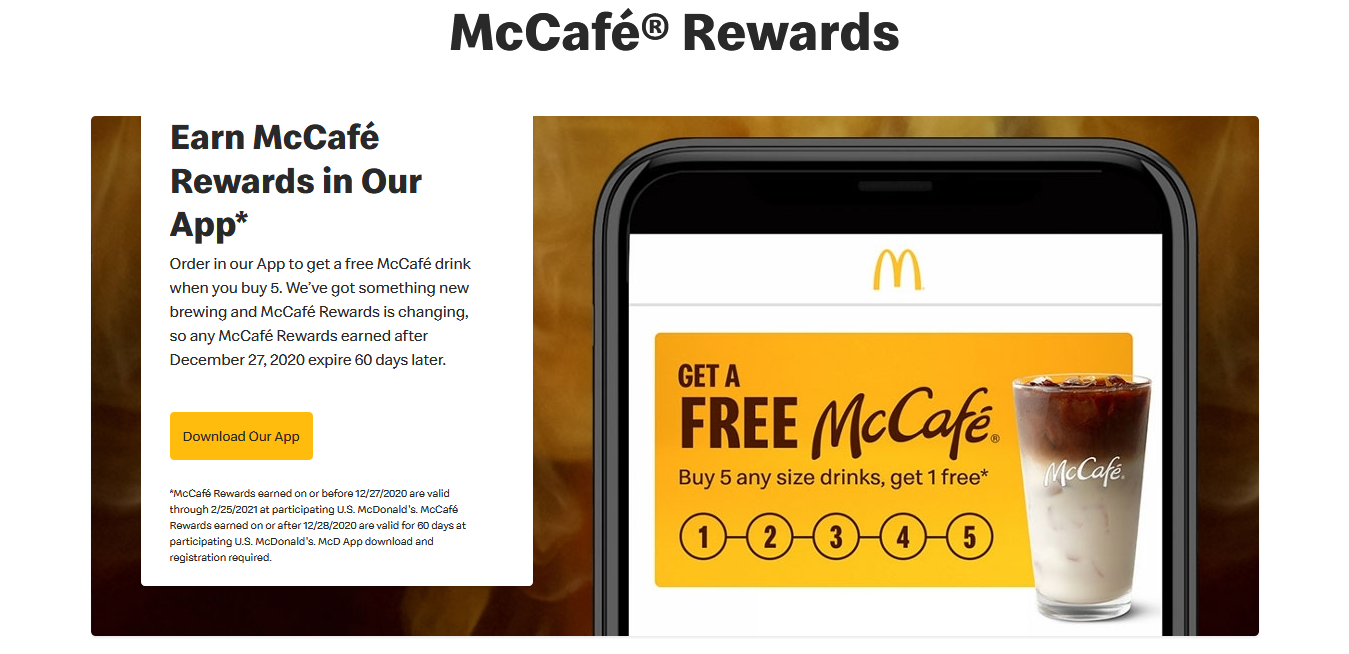
Tiered Loyalty Programs
These programs have multiple membership levels based on customer spending or engagement. As customers progress through tiers, they unlock increasingly valuable rewards and benefits. Airlines often use this model with basic, silver, gold, and platinum tiers.
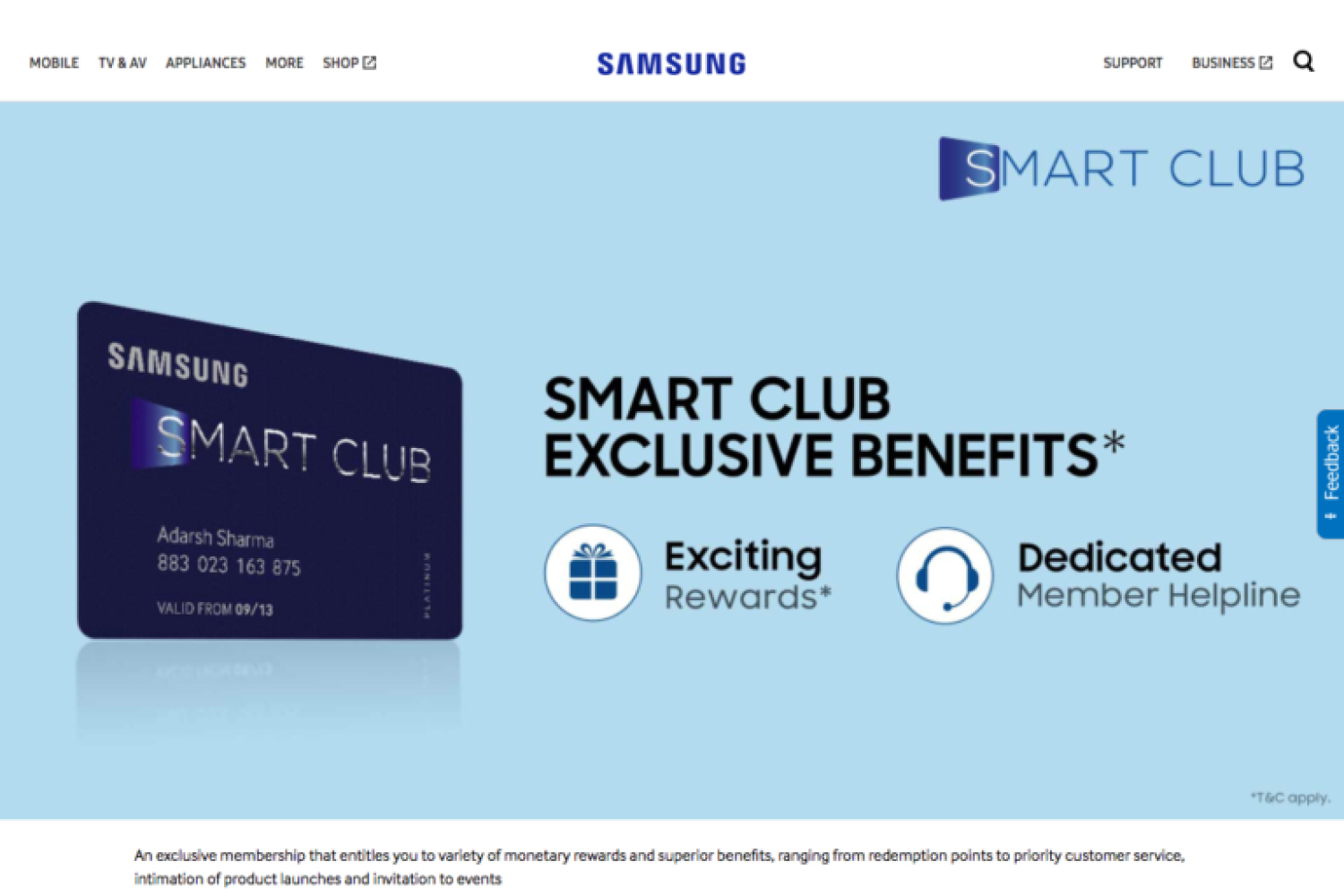
Punch Card Loyalty Programs
Simple and effective, this model involves giving customers a physical or digital punch card. After a certain number of purchases, customers receive a free or discounted product. It’s commonly used in cafes, restaurants, and retail stores.
Cash-Back or Rebate Programs
Customers receive a percentage of their purchase amount back as cash, store credit, or a gift card. Credit card companies often employ this approach, offering cash back on eligible purchases.
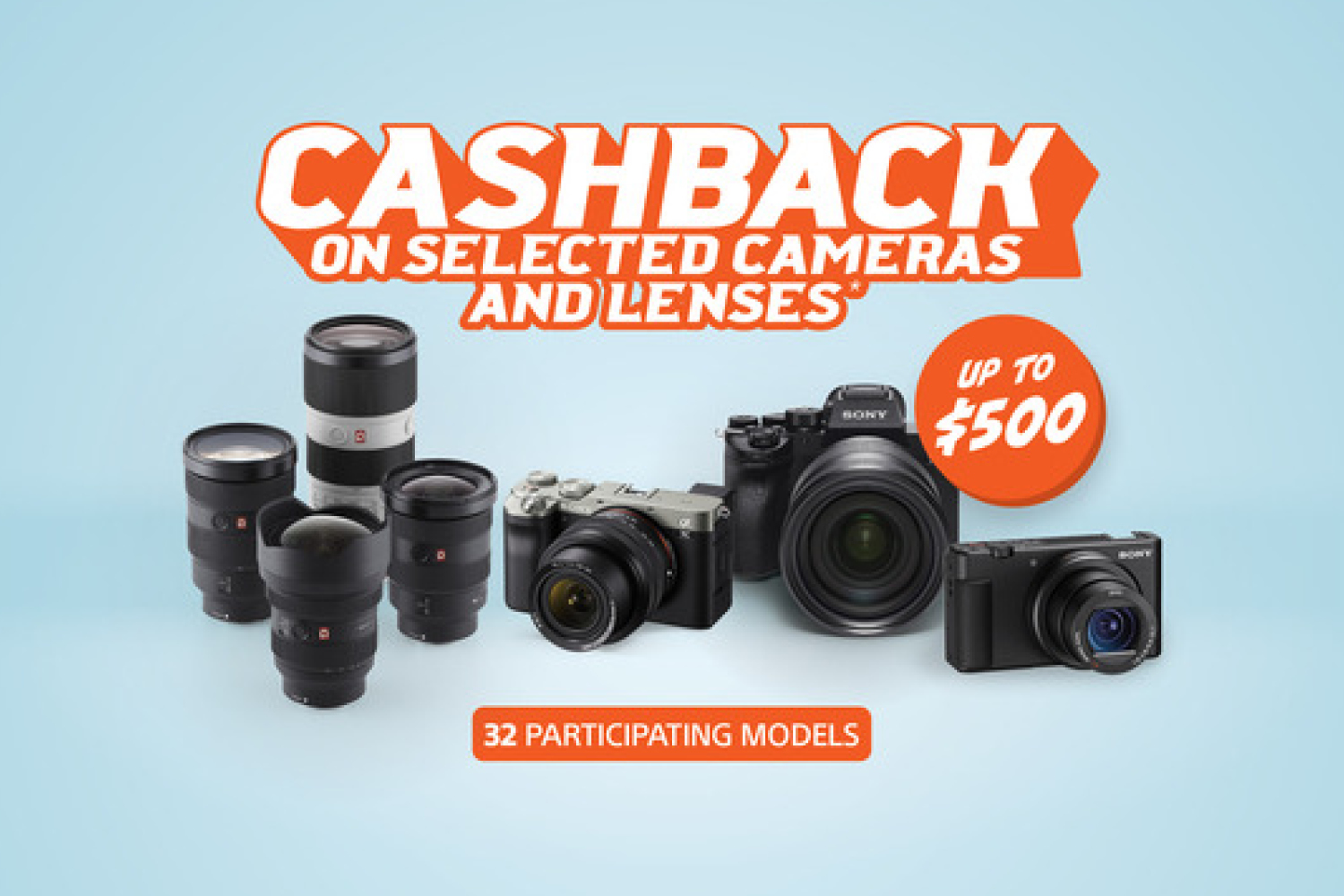
Community Engagement Programs
Brands encourage customers to engage with the brand’s online community, forums, or social media channels. Customers may earn rewards for participating in discussions, leaving reviews, or creating user-generated content.
As you embark on your retail marketing journey, remember that these elements are not static. They require continuous refinement and adaptation to stay relevant and effective in this dynamic market. With the insights gained from this article, you’re now better equipped to navigate the retail landscape and propel your business to new heights.
